These residents beat the traffic by cycling to work every day
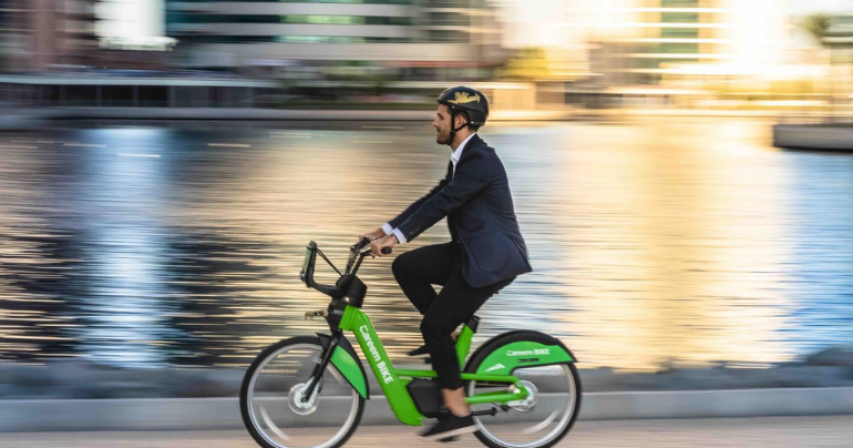
As summer arrives in the UAE and temperatures soar, some residents continue to cycle to work, citing the practicality, health benefits, and environmental contributions of biking. Among them is Dubai resident Mohsin Hasam Palija, a 35-year-old yacht captain who has been saving at least Dh700 monthly for the past year by opting for a bike over taxis for his daily commute.
Palija, who lives about 8km from his workplace, used to spend around Dh18 per trip on taxis, totaling around Dh700 monthly. By subscribing to a bike-sharing app, he has reduced his transportation expenses to just Dh420 annually. Palija prefers renting a bike over owning one due to the lack of maintenance costs and parking worries. "Docking stations for bikes are well-placed in my neighborhood and work area. I paid for unlimited use for a year, and whenever I need a bike, I open the app and grab one," he explained.
Similarly, Muhammad Naveed, a 31-year-old sales worker in Dubai, finds biking more convenient than taking public buses. Navigating Jumeirah Lake Towers daily for work, Naveed used to rely on buses but found their schedules restrictive. Switching to biking gave him more control over his time. "I see a lot of residents in JLT who pedal to work. It’s convenient because we’re not caught in traffic congestion, and imagine our contribution in reducing carbon emission because we have ditched cars for bikes," he noted.
Naveed's environmental impact is supported by a study from the European Cycle Federation, which states that a commuter who switches from car to bike for an 8km commute saves 750kg of carbon emissions annually. Despite the summer heat, both Palija and Naveed manage their rides by commuting during cooler parts of the day and staying hydrated.
Careem, the provider of the bike-sharing app used by Palija, reports that their service is more popular among residents for work commutes than for leisure. According to Careem, 71% of users ride for work, while 29% use bikes for leisure. A standout user, a female resident, completed 1,847 trips from January 2023 to May 2024. "Careem Bike has been a fan favorite among Dubai residents and tourists for years, offering a fun way to explore the city and a practical transportation option for daily commutes,” said Sami Amin, Careem's senior director of operations.
The most popular docking stations for work commuters include JLT, Marina, Mankhool, and Dubai Media City, while leisure riders favor Jumeirah, Dubai Water Canal, Al Khawaneej, and Al Mamzar. Since the launch of Careem's bike rentals in 2020, the company estimates that 4,000 tons of carbon emissions have been displaced, equivalent to the annual emissions of 1,144 cars.
Naveed emphasizes the health benefits of biking as his main motivation. "My doctor has noticed a big improvement in my vitals since I started biking to work. I not only save money, but I'm healthier now," he said. Dr. Mohamad Awad, a consultant orthopedic surgeon at Dr. Rami Hamed Centre, supports this view, highlighting that biking is an excellent form of exercise, beneficial for heart health, muscle strength, weight loss, and reducing the risk of chronic diseases like heart disease, diabetes, and obesity.
The UAE is also making strides to support cycling. The Roads and Transport Authority (RTA) recently announced new multi-use tracks for bicycles, scooters, and pedestrians, linking Al Sufouh to Dubai Hills via Hessa Street, with two bridges crossing Sheikh Zayed Road and Al Khail Road. This 13.5 km track, 4.5 meters wide, will serve neighborhoods in Al Barsha and Al Barsha Heights.
Dubai’s master plan aims to extend the cycling track network from 544km to 1,000km by 2030, connecting key coastal areas like Jumeirah, Al Sufouh, and Marina to external tracks in Al Qudra, Saih Al Salam, and Nad Al Sheba via districts like Al Barsha, Dubai Hills, and Nad Al Sheba. This initiative supports the city’s vision of becoming a bicycle-friendly metropolis, promoting sustainable and healthy transportation options for its residents.
By: Sahiba Suri
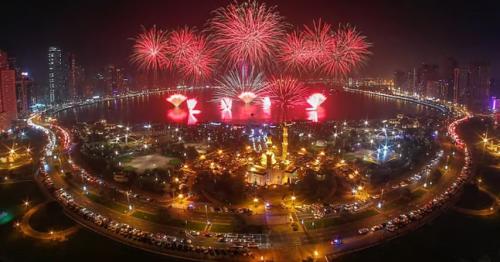
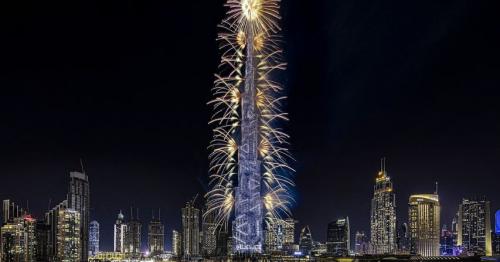
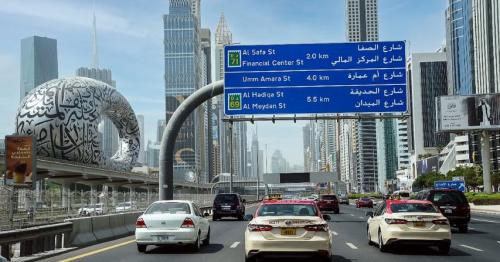
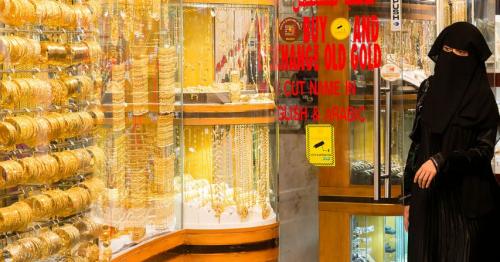
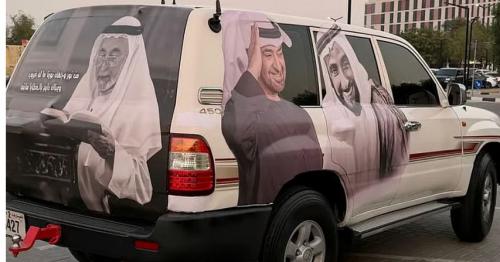
Comments